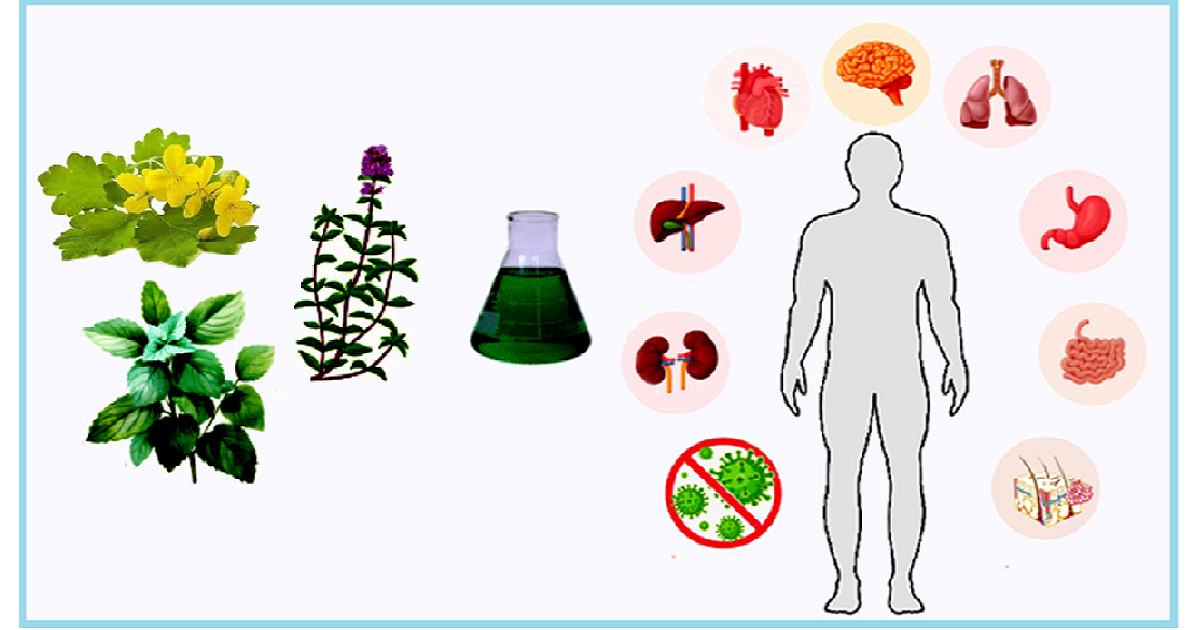Medicinal Value of Natural Bioactive Compounds and Plant Extracts II
A special issue of Molecules (ISSN 1420-3049). This special issue belongs to the section "Natural Products Chemistry".
Deadline for manuscript submissions: 30 November 2024 | Viewed by 16083

Special Issue Editors
Interests: secondary plant metabolites; plant extracts; biological activity of natural compounds; polyphenols; chromatography
Special Issues, Collections and Topics in MDPI journals
Interests: flavonoids; diosmin; biologicl activity of plant metabolites chronic venous insufficiency; cardiovascular diseases
Special Issues, Collections and Topics in MDPI journals
Interests: chromatography; trace analysis; pharmaceutical analysis; sample preparation; chromatographic stationary phases; analysis of natural compounds; AAS; food and environmental analysis
Special Issues, Collections and Topics in MDPI journals
Special Issue Information
Dear Colleagues,
In recent years, the importance of plants and plant derived compounds is still constantly increasing due to their broad range of activity including anti-inflammatory, antioxidant, immunostimulating, protective, antimicrobial and antifungial properties. They have also health promoting effects and protect against development of cardiovascular and neurodegenerative disorders. However, their potential for applications in pharmacy, medicine and cosmetology is still unexplored and the special Issue aims to present new achievement in this fields.
The study on the isolation, structure elucidation and biological activity of natural constituents from plants, fungus and algae as well as on the activity and utility of well characterized plant extracts are appreciated. However, it should be mentioned that paper describing activity of extracts without phytochemical characterization of main components will not be considered.
Original papers or review articles are well welcome.
Prof. Dr. Magdalena Wójciak
Dr. Marcin Feldo
Prof. Dr. Ireneusz Sowa
Guest Editors
Manuscript Submission Information
Manuscripts should be submitted online at www.mdpi.com by registering and logging in to this website. Once you are registered, click here to go to the submission form. Manuscripts can be submitted until the deadline. All submissions that pass pre-check are peer-reviewed. Accepted papers will be published continuously in the journal (as soon as accepted) and will be listed together on the special issue website. Research articles, review articles as well as short communications are invited. For planned papers, a title and short abstract (about 100 words) can be sent to the Editorial Office for announcement on this website.
Submitted manuscripts should not have been published previously, nor be under consideration for publication elsewhere (except conference proceedings papers). All manuscripts are thoroughly refereed through a single-blind peer-review process. A guide for authors and other relevant information for submission of manuscripts is available on the Instructions for Authors page. Molecules is an international peer-reviewed open access semimonthly journal published by MDPI.
Please visit the Instructions for Authors page before submitting a manuscript. The Article Processing Charge (APC) for publication in this open access journal is 2700 CHF (Swiss Francs). Submitted papers should be well formatted and use good English. Authors may use MDPI's English editing service prior to publication or during author revisions.
Keywords
- secondary plant metabolites
- plant extracts
- biological activity
- polyphenols
- alkaloids
- in vitro, in vivo and clinical study
- cosmetology
- ethnopharmacology
- isolation and structure elucidation of plant metabolites
Benefits of Publishing in a Special Issue
- Ease of navigation: Grouping papers by topic helps scholars navigate broad scope journals more efficiently.
- Greater discoverability: Special Issues support the reach and impact of scientific research. Articles in Special Issues are more discoverable and cited more frequently.
- Expansion of research network: Special Issues facilitate connections among authors, fostering scientific collaborations.
- External promotion: Articles in Special Issues are often promoted through the journal's social media, increasing their visibility.
- e-Book format: Special Issues with more than 10 articles can be published as dedicated e-books, ensuring wide and rapid dissemination.
Further information on MDPI's Special Issue polices can be found here.
Related Special Issue
Planned Papers
The below list represents only planned manuscripts. Some of these manuscripts have not been received by the Editorial Office yet. Papers submitted to MDPI journals are subject to peer-review.
Title: Rhododendron luteum Sweet leaf supercritical CO2 extracts as a source of biologically active volatiles, triterpenes and phytosterols
Authors: Renata Nowak
Affiliation: Department of Pharmaceutical Botany, Medical University of Lublin, Poland
Abstract: Terpenes are a diverse class of natural metabolites that exhibit a range of biological activities, e.g., antiproliferative and anti-inflammatory. The present study is designated to determine the terpene composition and biological activity of Rhododendron luteum leaf supercritical CO2 (SC-CO2) extracts. LC-APCI-MS/MS method was used to determine the composition and content of the triterpenes. This analysis showed high content of the oleanolic and ursolic acid in this plant material. HS-SPME-GC-FID/MS was used to analyse the volatile composition of RL leaf extracts and revealed the presence of limonene, eugenol, β-phenyl ethanol and β-caryophyllene as main compounds. In vitro assays showed high hyaluronidase, and moderate lipoxygenase and xanthine oxidase inhibitory activity presented by RL SC-CO2 samples. Moreover, the ability of samples to inhibit α-amylase and α-glucosidase activity was revealed, which may indicate the antidiabetic potential of RL leaf extracts.






